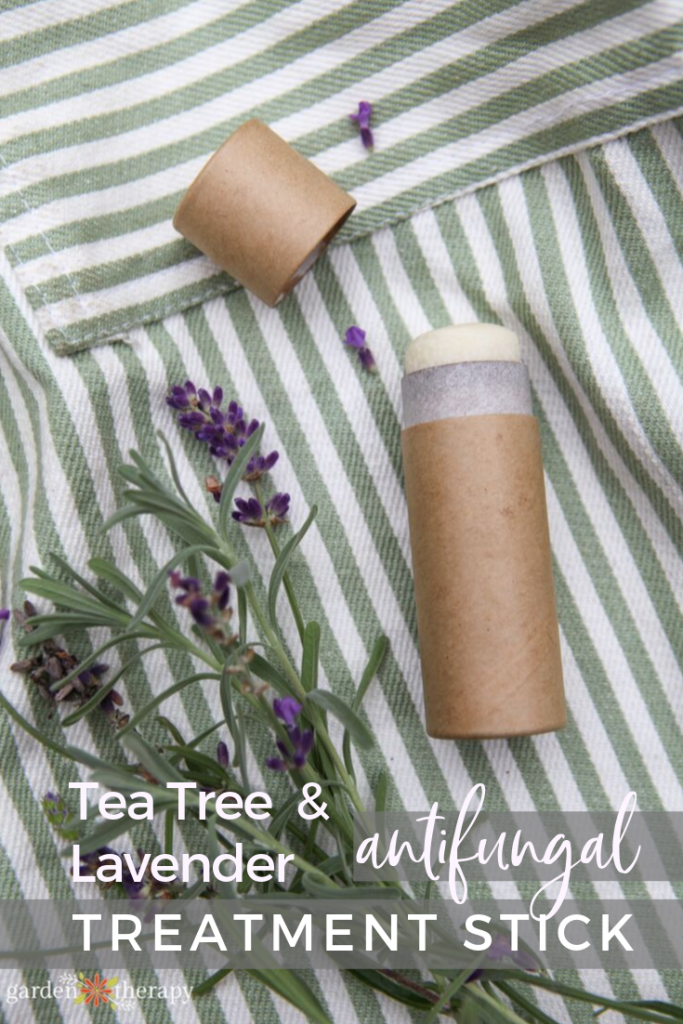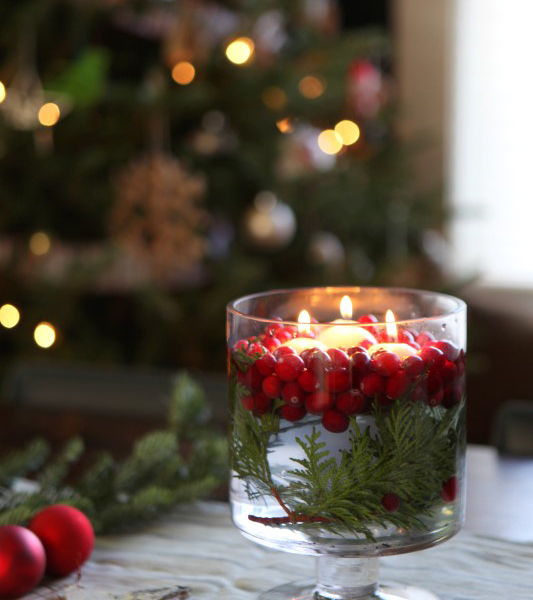This homemade tea tree oil antifungal treatment stick helps to soothe red spots and rashes in a gentle but direct way. While it’s always best to look for the underlying cause of skin redness or irritation, this healing balm in a stick allows for quick relief of small spots to stop pain and itching while healing from within.
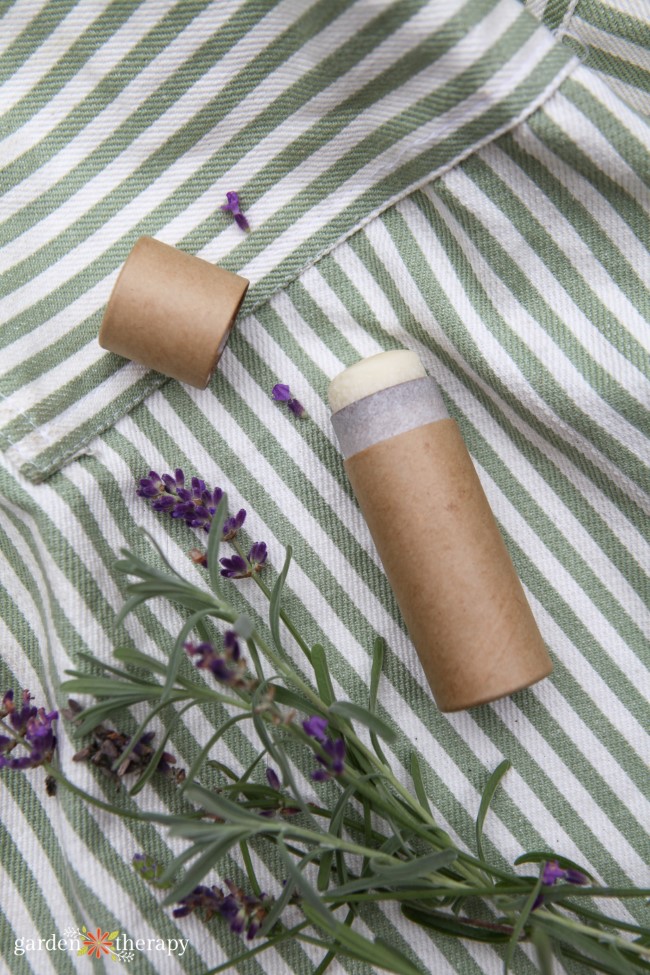
I consider myself a fan of fungi, except when it’s growing on my body. I’m not talking about sprouting mushrooms out of my ears, although that would actually be pretty funny! I’m talking about when fungus takes up residence somewhere on your skin. It can show up as red patches, acne, itchy skin, and more. We all have microorganisms that colonize our skin.
It’s called the microbiome, and it’s a good thing! Similar to the soil microbes that make healthy soil or the gut flora that makes up a healthy digestive tract, microbes on our skin help protect our bodies and keep us healthy.
But like all things, occasionally, there can be an undesirable fungus or bacteria that takes up residence. In general, skin is self-healing and the best practice is to use natural products on your skin and eat a healthy diet with complete whole foods.
If your skin is flaring up, then it could be a message that something else is going on. I encourage you to go get it looked at by a healthcare professional to investigate the cause rather than treat the symptoms. That being said, if you’re doing all the right things, you can still occasionally have some spots pop up.
That’s where this tea tree antifungal treatment stick comes in handy! This post will cover…
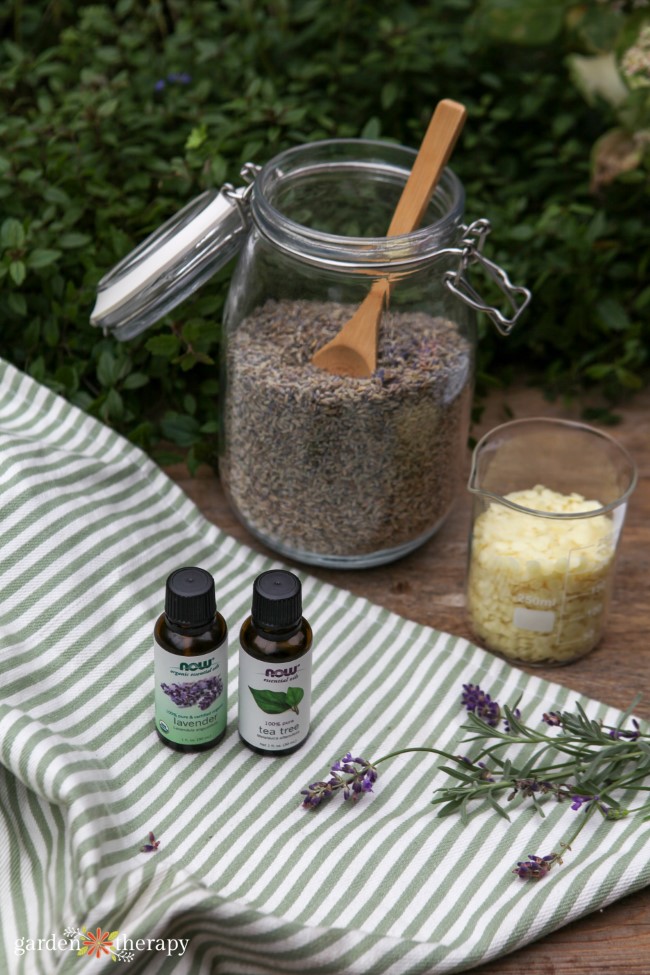
Herbal Antifungal Treatment Stick Ingredients
The main ingredients in the antifungal treatment stick are tea tree essential oil, lavender essential oil, and calendula herbal-infused oil.
Tea Tree Essential Oil
Tea tree oil is native to Australia and comes from melaleuca shrubs and trees, or paperbarks. The leaves and twigs are steam distilled to extract the essential oil.
Tea tree essential oil is widely used in skin care products, and I dare say it is overused. While it has antifungal, antibacterial, and antiviral properties, overuse can also cause skin irritation. I also don’t want to remove all the beneficial bacteria, fungi, and organisms that live on our bodies.
So creating a treatment stick with a bit of tea tree oil, is a way to use it in an intentional, directed way, avoiding overuse and the potential complications that come from it.
Lavender Essential Oil
I’ve written much about lavender and skin care because it also has similar properties to tea tree oil while being gentle and calming for the skin. Its potency depends which plant variety is made into essential oil, with Lavandula angustifolia being the gentlest. Adding a few drops of lavender essential oil helps to balance out the tea tree, and soothes the skin.
Herbal Infused Oil
The herbal oil that I used for this recipe is also infused with calendula. I’ve also written extensively about calendula and how to make infused oils. I grow calendula in my garden, harvest the flower heads liberally, dry them, and then turn them into a wonderfully potent herbal oil that I use in many skin care recipes throughout the year.
The blend of tea tree, lavender, and calendula-infused oil, makes it a wonderful way to help bring some relief and healing to the spots on your skin that need a little extra attention.
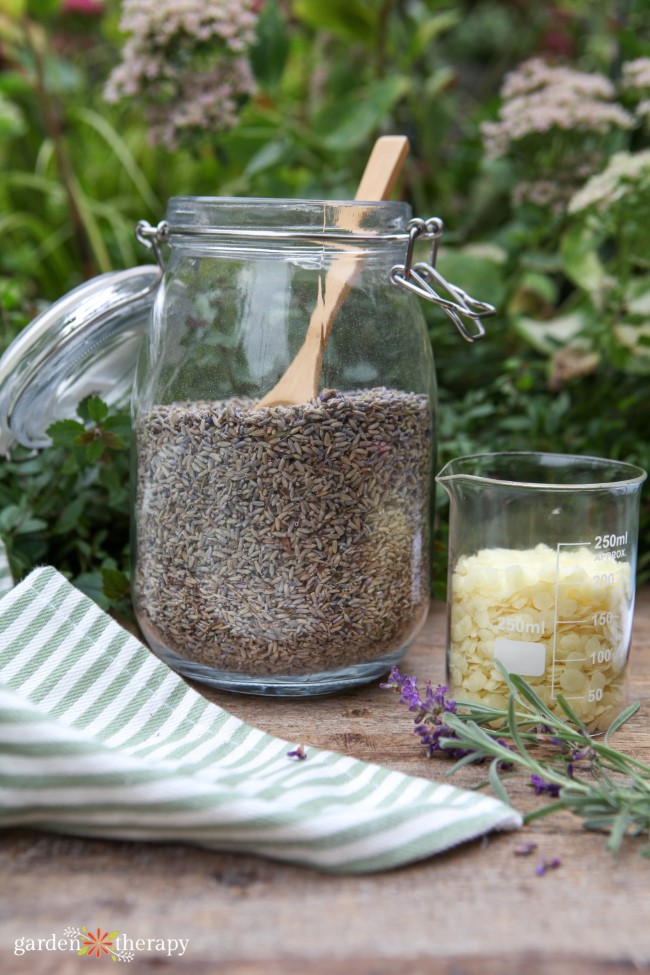
Tea Tree Oil Antifungal Treatment Stick Recipe
My son had a mysterious itchy spot on his chest, at first I thought it was a bruise when it didn’t go away and it continue to itch I knew that it was something else. Certainly not something that causes too much discomfort, but he did scratch it several times a day, so I wanted to try to ease the spot with a bomb that was gentle, easy to apply, and long-lasting.
I came up with this recipe as a gentler way to apply tea tree oil than using a roller bottle. Making it into a solid balm allows it to stay in place longer and requires less application. Putting a balm into a tube is the perfect way to apply an antifungal treatment to the spot and something that he could do on his own.
When I first made this recipe, I tried it on a few of my spots first. One spot in particular had been on my body for more than a year. It didn’t bother me, so I didn’t think much of it, but when I tested the balm on it, it went away in four days! It was clearly a perfect match. I made a bunch more and handed it out to others for testing. After a few tweaks to the formulation, this is now the balm that I use to treat mysterious little red spots, naturally.
Ingredients
Makes 3 x 10 ml sticks (lip balm tubes). See recipe card below for exact measurements.
Materials
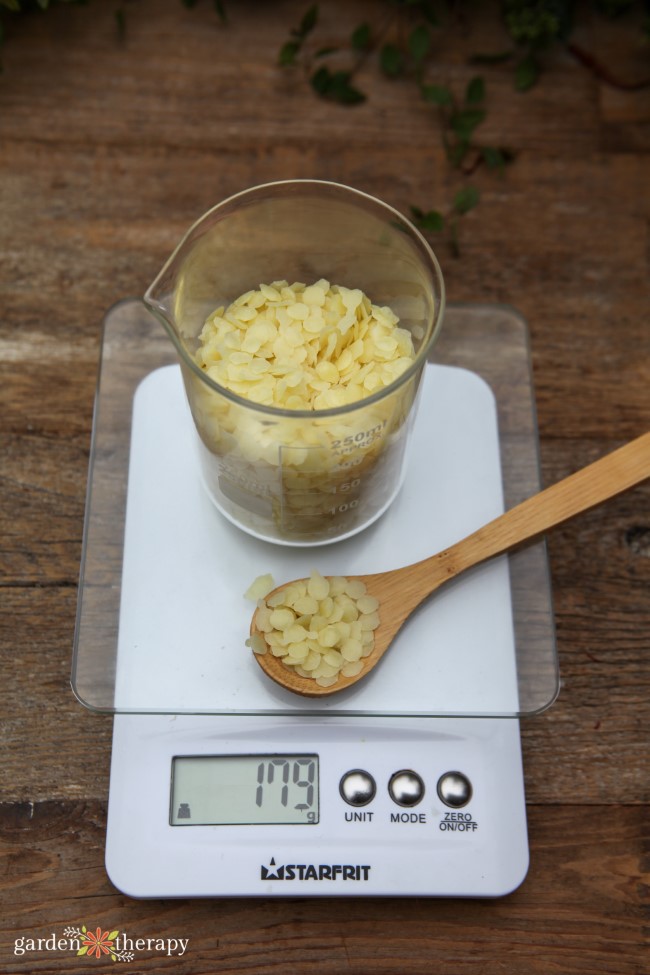
Make it!
Melt the wax, over medium-low heat in a Turkish coffee pot, double boiler, or a small pot with a pour spout.

Add the oil when the wax is liquefied and melt all of the ingredients together. Stir constantly and keep a watchful eye on the oils. You want them to just reach the melting point and not overheat. When the oils have melted and combined, add the essential oils and stir well.
You can store this recipe in small pots or tubes. If you are using pots, pour the hot liquid into the pots and leave untouched until set.

If you are using tubes, fill each tube halfway full and let cool slightly. This will set the bottom of the tube so that a hole doesn’t form in the top of the lip balm when cooled. Before the balm is fully set, fill the rest of the way.
Leave untouched to set for an hour, then apply as needed.
NOTE: always do a spot test before using widely on your skin. Test a small area on the inside of your arm and wait 24 hours to see if you have a reaction.
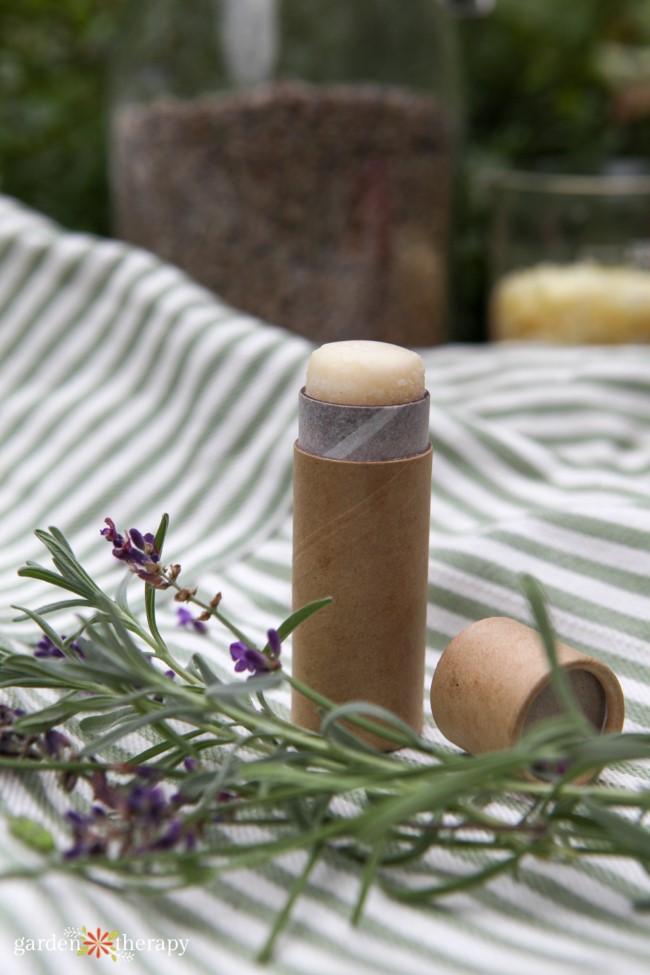
Fungal Treatment Stick FAQ
Can this be used on the face?
Yes, you can use this on the face. It should be okay for both dry and oily skin. I recommend doing a spot test first and waiting 24 hours to see if there is any reaction.
Can I add shea butter to this recipe?
You could add shea butter to this recipe since it is also known to be antifungal. It would stay on the skin topically more rather than go into the skin, but that’s not necessarily a bad thing.
I decided to omit using any kind of butter for this recipe since I wanted to absorb it better. I tried a variation where I used 55g of calendula-infused grapeseed oil and 10g of shea butter, but I didn’t like it as much as this recipe—this recipe gets drawn right into the skin.
More Healing Recipes for the Skin
Tea Tree Oil Antifungal Treatment Stick
Use this all-natural antifungal stick to treat red spots, pimples, and rashes.
- Melt wax over medium-low heat in the Turkish coffee pot or a small pot with a pour spout.
- Once melted, add in the oil, stirring constantly. Once combined, stir in the essential oils. Do not let oils overheat, and only heat until combined/reached melting point.
- Pour into small lip balm tubes. Alternatively, pour into small pots. If pouring into tubes, pour until halfway full, let cool slightly, and then fill the rest of the way.
- Leave untouched until fully cool.
- Test a small area on the inside of your arm and wait 24 hours before applying to other parts of your skin.

